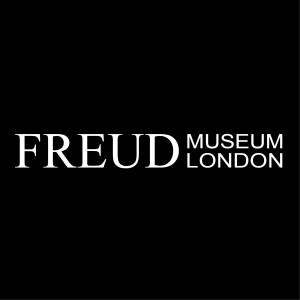
Eva Rieger: Kundry’s Kiss and the Fear of Female Desire: A Gender Perspective
“Wagner’s operas are largely dramas of incestuous feelings and urges” writes James M. McGlathery (in Wagner’s Operas and Desire). Lawrence Dreyfus has also made it clear that Wagner was obsessed with sexuality, and this obsession determined the composition of operas such as Tannhäuser, Walküre and Tristan and Isolde. In his opera Parsifal, Wagner creates a female character who shows active sexual desire, and then exorcises her qua Woman for precisely that reason. Whereas men can desire women, the opposite is regarded as dangerous. In previous works, Wagner gives women like Elsa, Brünnhilde, Elisabeth and Sieglinde the power to love in a “feminine” way, but unlike Kundry they do not think of sex. I will trace the role of Kundry as she was developed by Wagner from 1865 onwards, using the development of her role to deduce which characteristics of her personality were important to him. A further clue is given by the music which speaks to us and opens up psychological insights. With respect to the semi-religious content of Parsifal, I find that the idea of gender equality is jettisoned here, which means that one can debate whether Kundry’s death is the result of Wagner’s antisemitism or his antifeminism. Finally, the question arises why Wagner should condemn women’s sexuality in such a manner (and thereby condemn the women themselves), although he was dependent on the emotional and physical love of women throughout his life.
Eva Rieger was Professor of Musicology at the University of Bremen until 2000, when she moved to Vaduz, Liechtenstein. She has worked primarily on the issue of gender and musicology and written biographies of Nannerl Mozart, Minna Wagner and Friedelind Wagner. The latter was published in English (Boydell 2013), as was a study of the female roles in Richard Wagner's operas entitled Wagner’s Women (Boydell 2011). Her book on the singer Frida Leider will be published in 2016 (Frida Leider. Sängerin im Zwiespalt ihrer Zeit (Olms)).
In our conference 'Wagner, Freud and the End of Myth' (2013) we argued that by taking the mythic dimension and bringing it into the human realm, Wagner anticipated Freud in his depiction of unconscious processes of the mind. It could be said that Freud and Wagner were dealing with the same stuff - the “fundamental psychosexual issues that affect us all” as Barry Millington put it, and for that reason a fruitful dialogue can exist between their two bodies of work.
The present conference is entirely devoted to Wagner’s final masterpiece, Parsifal, and explores whether this sublime, troubling and contentious work prefigures psychoanalytic insight or resists psychoanalytic interpretation. As a story of compassion and redemption, which nevertheless describes a world of perversion and mental anguish, what can Parsifal tell us about the secret springs of human desire and the conflicts of human nature? And how did Wagner manage to create it?
More Episodes
 2024-09-11
2024-09-11
 2024-04-12
2024-04-12
 2024-03-08
2024-03-08
 2024-02-16
2024-02-16
 2024-01-10
2024-01-10
 2023-10-11
2023-10-11
 2023-08-02
2023-08-02
 2023-06-28
2023-06-28
 2023-05-24
2023-05-24
 2023-04-27
2023-04-27
 2022-08-17
2022-08-17
 2022-05-25
2022-05-25
 2022-04-13
2022-04-13
 2022-04-04
2022-04-04
 2022-03-16
2022-03-16
 2022-03-02
2022-03-02
 2022-02-16
2022-02-16
 2021-10-20
2021-10-20
Create your
podcast in
minutes
- Full-featured podcast site
- Unlimited storage and bandwidth
- Comprehensive podcast stats
- Distribute to Apple Podcasts, Spotify, and more
- Make money with your podcast
It is Free
- Privacy Policy
- Cookie Policy
- Terms of Use
- Consent Preferences
- Copyright © 2015-2024 Podbean.com



